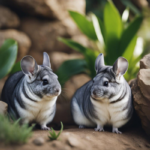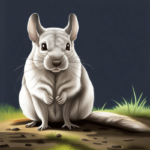Imagine a creature as soft as a cloud, with eyes like polished obsidian and a coat denser than a winter snowfall. This is the chinchilla, a rodent native to the high Andes, where life thrives on a razor’s edge between sun-scorched peaks and icy valleys.
In this unforgiving landscape, climate reigns supreme, dictating the rhythm of life and the delicate balance of survival.
Chinchilla and Climate
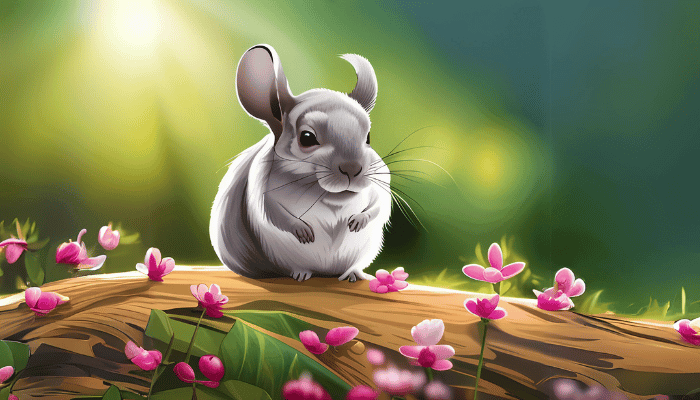
The chinchilla’s existence is a testament to its remarkable adaptation. Their dense fur, the envy of fashion houses, is a natural insulator against the harsh Andean chill. Their efficient metabolism generates minimal heat, further conserving energy in a resource-scarce environment.
Their powerful hind legs propel them across rocky terrain, seeking shelter from the scorching midday sun. At altitudes above 14,000 feet, Chinchillas navigate a challenging environment. Their dense fur, designed to retain heat, becomes a natural insulation against the biting cold.
It’s a testament to their evolutionary prowess in adapting to extreme altitudes. Chinchilla fur isn’t merely for aesthetic appeal; it’s a survival tool.
The Shifting Landscape

However, the once-predictable tapestry of the Andes is unravelling. Climate change, a relentless force in the modern world, is altering the very essence of the chinchilla’s home. Rising temperatures threaten to push the boundaries of their thermal tolerance while melting glaciers disrupt their water sources and fragment their habitat.
A Warming World, a Cooling Haven
For chinchillas, rising temperatures are a double-edged sword. While warmer winters ease the burden of thermoregulation, they also lead to earlier snowmelt, exposing them to predators and disrupting their breeding cycles. Higher temperatures also increase the risk of wildfires, further jeopardizing their fragile ecosystem.
A Thirsty Tale
Melting glaciers are not just a scenic loss; they are a lifeline severed. Chinchillas rely on glacier meltwater for drinking and for the lush vegetation that sustains them. As glaciers retreat, so too does their access to this vital resource, forcing them to venture further afield in search of sustenance, exposing them to new dangers.
Habitat Fragmentation
Climate change is not just about temperature and water; it’s also about the very fabric of the landscape. Rising temperatures and changing precipitation patterns are altering vegetation zones, shrinking the pockets of suitable habitat for chinchillas. This fragmentation isolates populations, hindering breeding and genetic diversity, and increasing the risk of extinction.
The Domestic Chinchilla’s Climate Needs
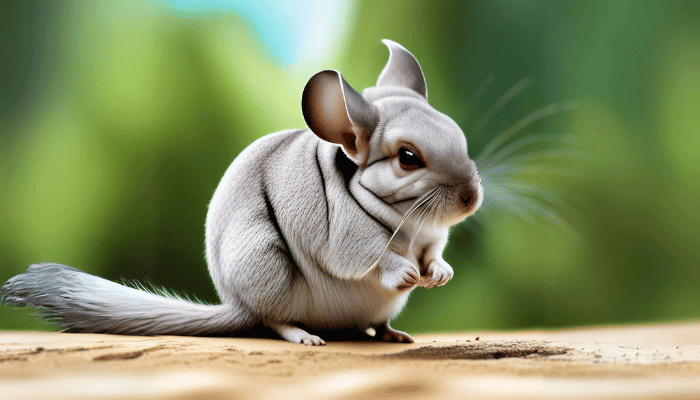
Creating an Ideal Indoor Climate
Chinchillas thrive in a cool, dry environment with temperatures ranging between 60 to 70 degrees Fahrenheit. Maintaining this optimal climate is vital for their health and well-being. Unlike other pets, they don’t do well in high temperatures, making air conditioning or proper ventilation essential in their living spaces.
Humidity Matters for Chinchillas
Chinchillas are extremely sensitive to humidity. Excessive moisture in the air can lead to fur and respiratory problems. It’s crucial to monitor and control humidity levels, keeping them between 50% and 60%. Owners must invest in a good dehumidifier, especially in regions with naturally high humidity.
Climate’s Impact on Chinchilla Behavior
Understanding how climate affects chinchilla behavior is key to being a responsible and caring pet owner. These furballs have distinctive responses to environmental changes, and being attuned to these cues can make you a chinchilla-whisperer of sorts.
Dietary Adjustments for Climate Fluctuations

A chinchilla’s diet plays a pivotal role in its overall health, and surprisingly, climate can impact its nutritional needs. Let’s explore how the “Chinchilla and Climate” duo affects their dietary requirements.
Hydration Matters
Warmer climates increase chinchillas’ water intake. Ensure a fresh water supply, and consider adding water-rich foods to their diet during hotter days.
Winter Feasting
In colder weather, chinchillas burn more calories to stay warm. Adjust their diet by providing extra hay and nutritional treats to keep them healthy and energized.
The Future of Chinchillas
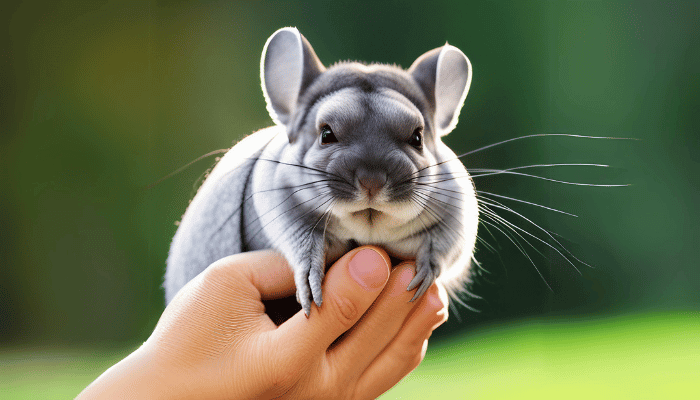
The future of the chinchilla hangs in the balance, delicately entwined with the fate of the Andes. Their survival hinges on our collective ability to mitigate climate change, protect their habitat, and foster a future where humans and chinchillas can coexist in this breathtaking mountain realm.
Conclusion
In conclusion, understanding the intricate dance between “Chinchilla and Climate” is pivotal for providing optimal care to these delightful pets. Whether you’re a seasoned chinchilla owner or contemplating adopting one, respecting their natural habitat and climate needs is the key to a happy and healthy furry companion.
Remember, creating a climate that mimics their Andean origins ensures your chinchilla’s well-being and allows you to witness the charming antics of these unique creatures. So, embrace the magic of the Chinchilla and Climate connection and watch your pet thrive in its carefully crafted environment.
FAQs
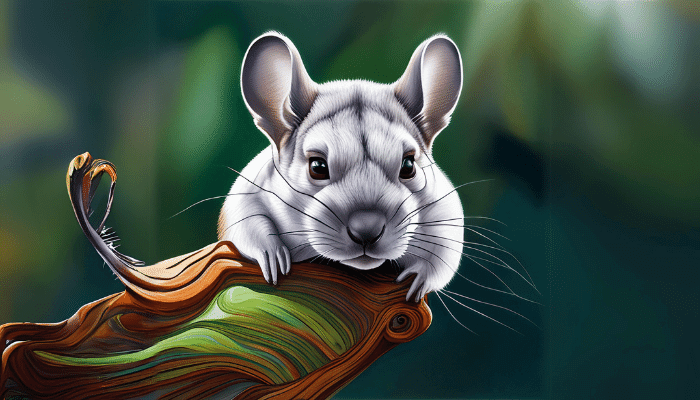
Can Chinchillas Survive in Hot Climates?
Chinchillas are not suited for hot climates. Their dense fur coat can cause overheating, leading to stress and health issues. If you live in a warm area, ensure proper air conditioning and ventilation for your chinchilla’s habitat.
Do Chinchillas Hibernate in Cold Weather?
While chinchillas can withstand cold temperatures due to their native mountainous habitat, they don’t hibernate. Instead, they become more active to maintain body warmth. Owners should provide sufficient bedding and nesting materials during winter.
How Can I Cool Down My Chinchilla in Summer?
To cool down your chinchilla during hot weather, offer granite or marble slabs for them to lie on. These natural, cool surfaces provide relief from heat. Additionally, placing frozen water bottles in their habitat can help regulate temperature.
Is Natural Light Necessary for Chinchillas?
Chinchillas benefit from natural light exposure but should not be subjected to direct sunlight for prolonged periods. Indirect sunlight is ideal for maintaining their circadian rhythm and overall well-being.
Can Chinchillas Adapt to Different Climates?
Chinchillas are adaptable to a degree, but sudden and extreme changes in climate can be stressful for them. Gradual acclimatization is recommended if moving them to a new environment.
How does climate change affect chinchillas?
Rising temperatures, melting glaciers, and habitat fragmentation all pose significant threats to chinchilla populations.
What can be done to help chinchillas?
Supporting conservation efforts, reducing our carbon footprint, and raising awareness about the challenges faced by chinchillas are all crucial steps.



